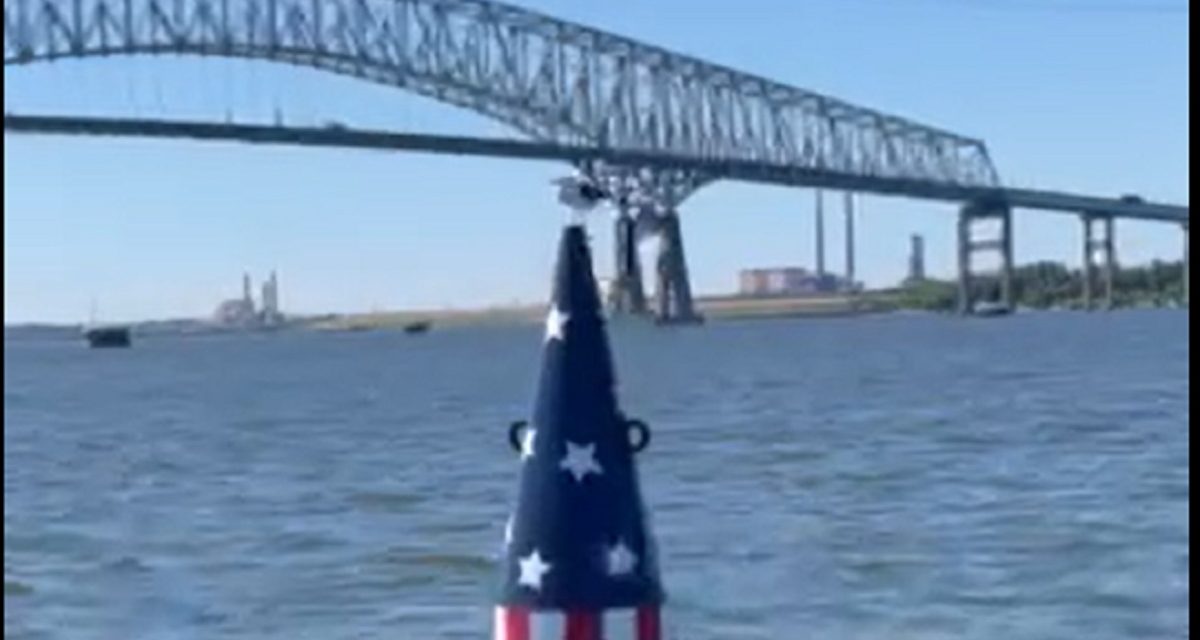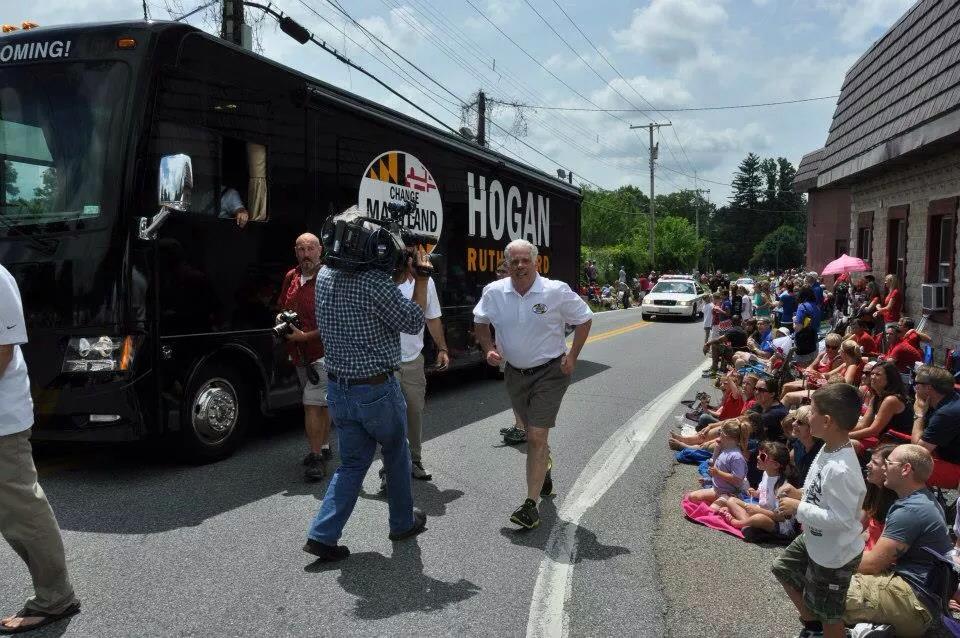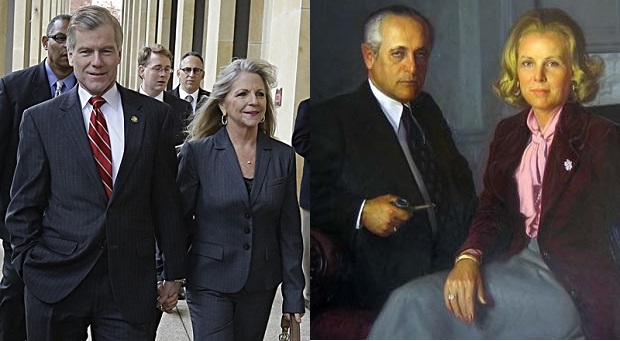Some people are now advocating that the rebuilt bridge over the Patapsco River in Baltimore no longer should bear the name of Francis Scott Key, a slave-holder who wrote the “Star-Spangled Banner” on a ship near the site of the bridge.
Why change the name of this bridge? Will this somehow compensate the Black community in Baltimore? Some proposing the change want the bridge to be renamed the Parren James Mitchell Bridge.
Who is Parren James Mitchell? He is most notable for being the first African – American from Maryland elected to the United States Congress. A notable achievement in 1971 some seven years after the signing of the Civil Rights Act. Clearly change was the order of the day and his election to Congress can be viewed as a continuing step, by Maryland, in the right direction. But how many American history books recall the name Parren James Mitchel and how many of the same books contain the name Frances Scott Key?
I am sure that during his 16 years in Congress, Congressman Mitchell worked on and passed legislation that was good for his constituents and good for Maryland. So if we need to recognize his achievements perhaps a good place to start is placing a statue of him in Baltimore City Hall or a selected location in Baltimore. There is already a building named for him on the campus of the University of Maryland. Perhaps that is recognition enough.
However, it is safe to say that a bridge named for him would have no connection to the American history of the War of 1812. Visitors to Fort McHenry had a clear view of the bridge several miles away. When they stand on the ramparts of the fort and look across the water at the bridge that spans the entrance to the Baltimore harbor they know that it is dedicated to the man who wrote our national anthem.
They can look across the water and see where the British ship that held Key as a prisoner was anchored. When those same tourists see the huge American flag waving in the breeze over Fort McHenry on holiday weekends they can understand what inspired Key the morning after the British bombardment of the fort – and “gave proof through the night that our flag was still there!”
The fact that Key was a slave owner in 1820 makes him a product of his times. How many people who looked at the bridge before its collapse thought that bridge was named for a Maryland slave owner? We can hope that they looked at the bridge knowing it was named for the author of our National Anthem.
It is time to stop erasing history. It is time to reconcile ourselves to the fact that slavery was part of our history and that great men starting with the Founders were slave owners – but that does not diminish their accomplishments. By all means, recognize the legislative accomplishments of the first African–American from Maryland to sit in Congress. That does not require us to forget who wrote our National Anthem or naming a bridge for him – the Francis Scott Key Bridge.








Recent Comments